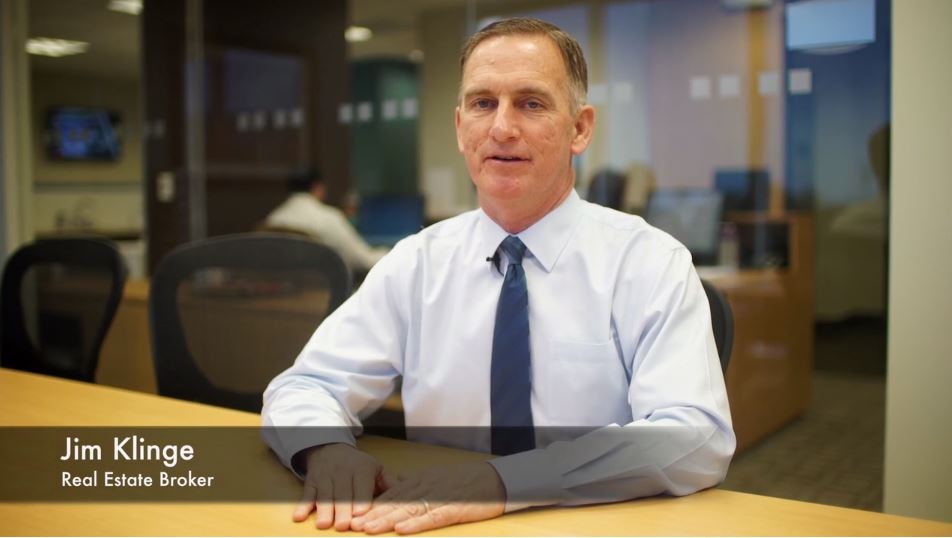- Fountain Hills Ties as Safest Zip Code in Phoenix - Oct 14, 2019
- How Many Single-Family Homes in Maricopa County? - Oct 13, 2019
- Investing in Multi-Family Real Estate in Your 20s - Oct 9, 2019
My wife recently announced to me the news of our first baby. Four pregnancy tests and an obstetrician confirmed that our future will include two chubby little feet. We immediately considered if we needed to stay in our current home or move before our lifestyle changes.
I am discovering that the nesting instinct is strong in new parents. It’s an exciting, mild form of panic and rapid re-prioritization of resources. I’ve worked with new parents over two decades in real estate and have seen their needs from a broker’s perspective. However, I have never been on the fatherhood side of the fence. Now I see the world through parent goggles.
This week’s baby bulletin brings me to a real estate crossroads.
In the “stay” column
Objectively, babies don’t require much real estate. It’s the things that come along with babies that require storage space. In 1960, the size of the average American single-family home was 1,289 square feet. There were 3.67 people in the average family. Today, the average home size has more than doubled; over 2,650 square feet. Still, families are statistically smaller today than they were 50 years ago at 3.14 members per family. So it absolutely can be done with less.
Further, babies also don’t need vaulted ceilings, mountain vistas or 3-car garages. I discovered after some introspection that those were my secret wishes being shifted over into the baby’s “must have” column. I wasn’t being completely candid with myself about the circumstances.
Our current home meets our needs as a couple. It’s a 1973 John F. Long 4-bedroom ranch home near Paradise Valley Mall. And frankly, its 1,400 square feet would suit an additional little body just fine, too. We have three bedrooms any of which can easily be repurposed into a nursery.
Access to the baby’s caregivers is one of the most important aspects of our decision. The baby’s maternal grandparents are only 5 miles away. There is no material advantage to moving to get much closer. Other family members are nearby as well.
Another reason to postpone an upgrade to a larger, more expensive home is to get a jumpstart on financial goals for the baby’s future. We can make great financial strides toward those targets while he/she is young and the move isn’t urgent. We can leverage that time instead of reallocating that money to new furniture, paint and repairs on a newer home.
Having a baby is stressful and moving is stressful. No need to complicate. But it is hard to fight that instinct to build a new nest.
In the “move” column
On the other hand, there are reasons why we think we need to move. There are busy streets in the neighborhood that aren’t conducive to tricycles and kick scooters. I’m thinking that I would like a cul-de-sac or at least be on the interior of a neighborhood.
School districts should be a primary decision driver for most home buyers even if there are no children in the picture. Good school systems keep property resale values high and attract retail and industry in a positive feedback loop. That’s why municipalities routinely dedicate more than 50% of their property tax rolls exclusively to schools.
The problem with the school dynamic is that the strength of school systems ebb and flow. The average American family moves every seven years. And I am more than seven years away from a first-grade parent-teacher conference. That’s a moving target that is seven years out ahead of me. Should I dedicate financial resources and a mortgage commitment to a moving target seven years into the future? I may want different schools entirely at that point.
Safety is a separate and more compelling issue. We are concerned about our current 1985-era swimming pool just outside the back door. Ideally, we could buy a home that does not have a pool and then add one when our child is perhaps six or seven. If we stay, we will need to take steps to child-proof the pool with a cover, fence and additional door and window locks. That’s a big expense. And it’s not optional.
In addition, we have lots of wonderful retirees and singles as neighbors, but there is a lack of young children on our block. It would be nice to have playmates for junior a few doors away.
Despite these reasons, it occurred to us that none of those challenges is imminent, pressing or urgent at this time. In fact, they won’t be an issue until well after our little monkey is bipedal.
Summary
So unless your current situation makes access to your infant’s caregivers impractical or presents safety challenges to your new baby or parenting role, it is probably best to wait. Don’t rush a move. It is a big decision and a long-term commitment. Your baby will never know the difference between your cozy bungalow in the Encanto district or a spacious contemporary at the foot of Pinnacle Peak.
The school decision doesn’t need to be made for several more years.
We have decided to stay put until well after we have some time to adjust to the new baby. In the interim, we are going to be installing a pool fence, replacing carpet and doing some serious babyproofing. For the task, I just bought a toolbelt to impress my wife.
Babies should be classified as an antidepressant. It’s pretty hard to be in a bad mood around a 5-month-old baby.
– Jim Gaffigan, American stand-up comedian known for his deadpan delivery







